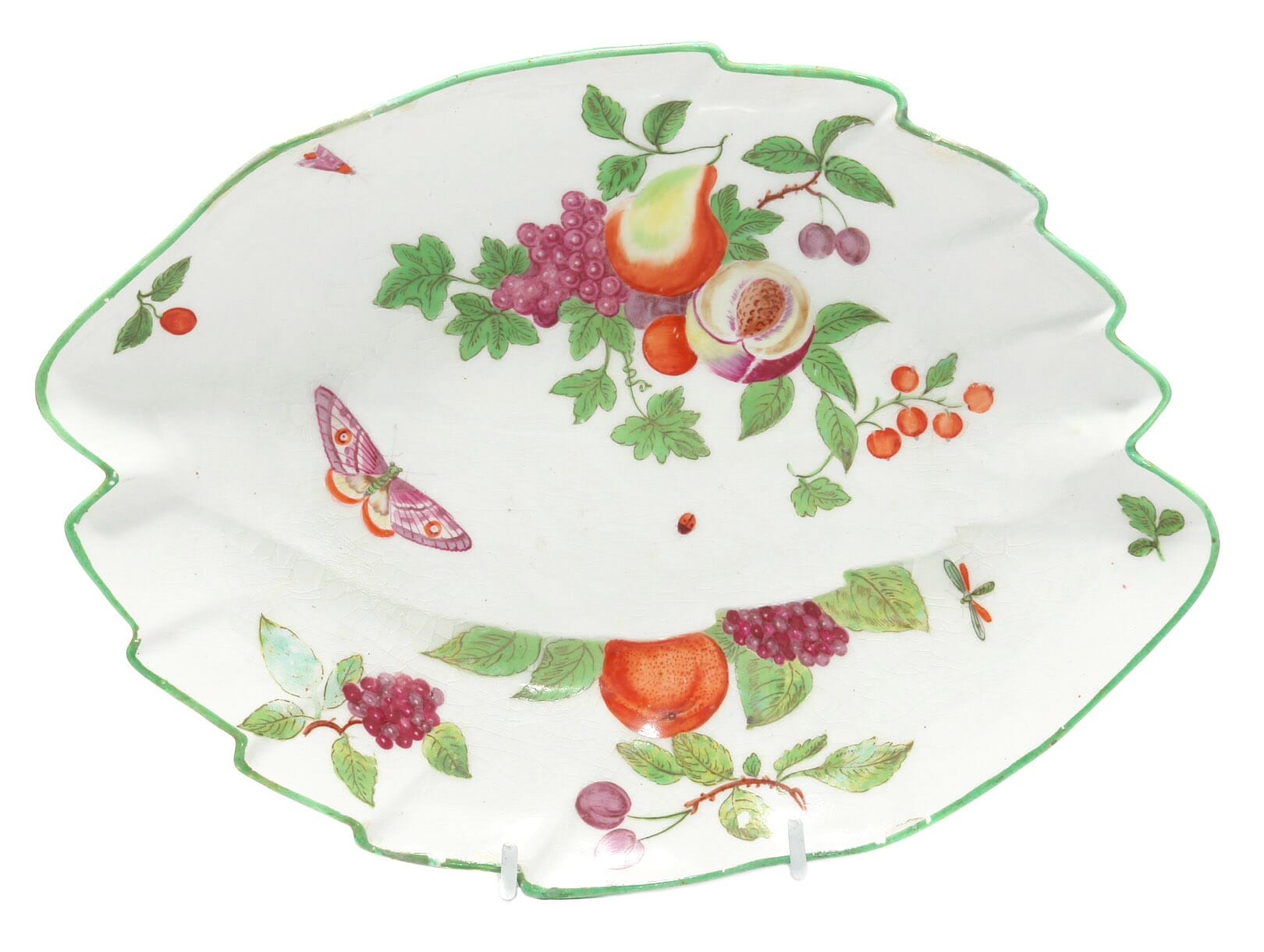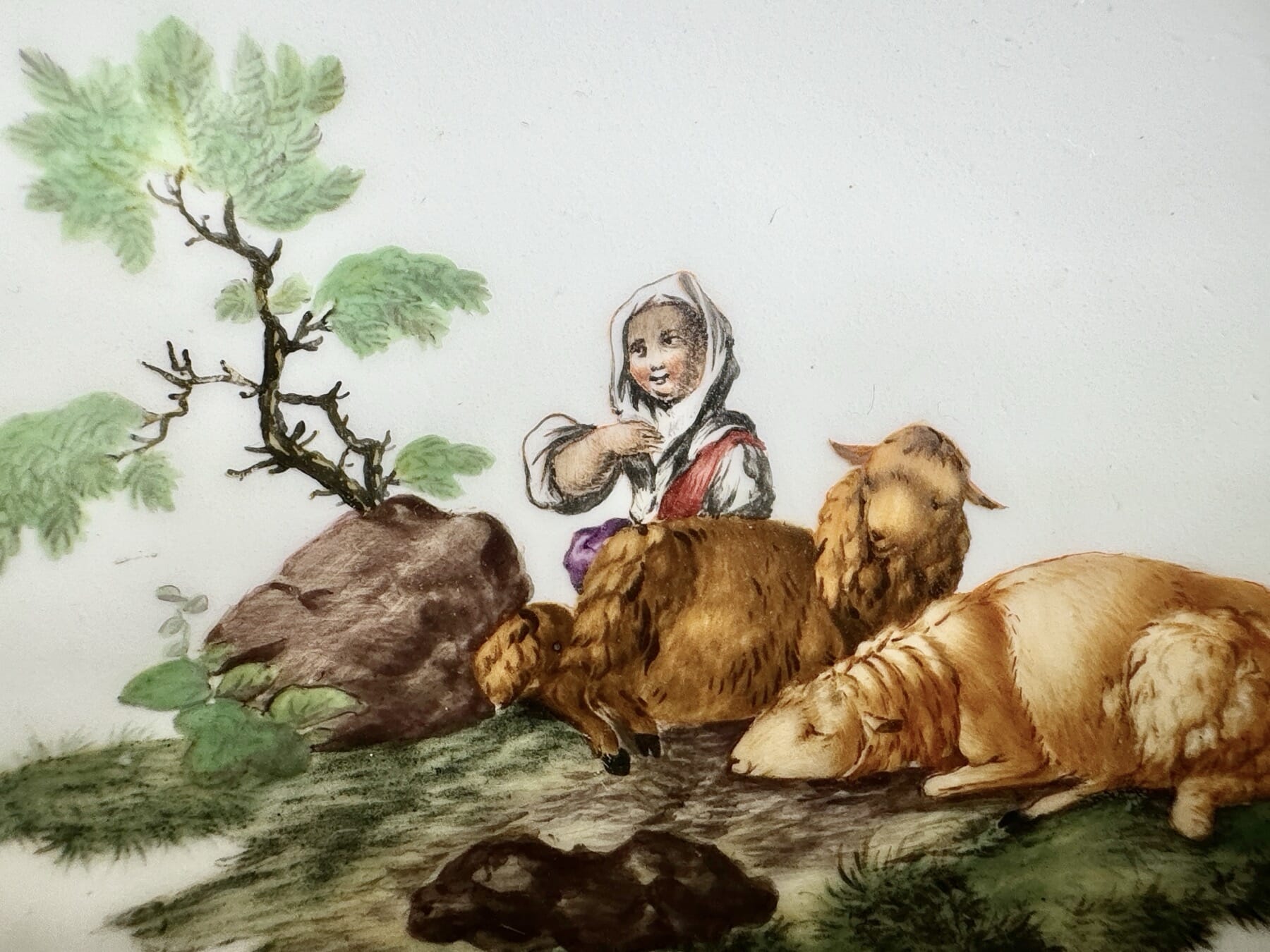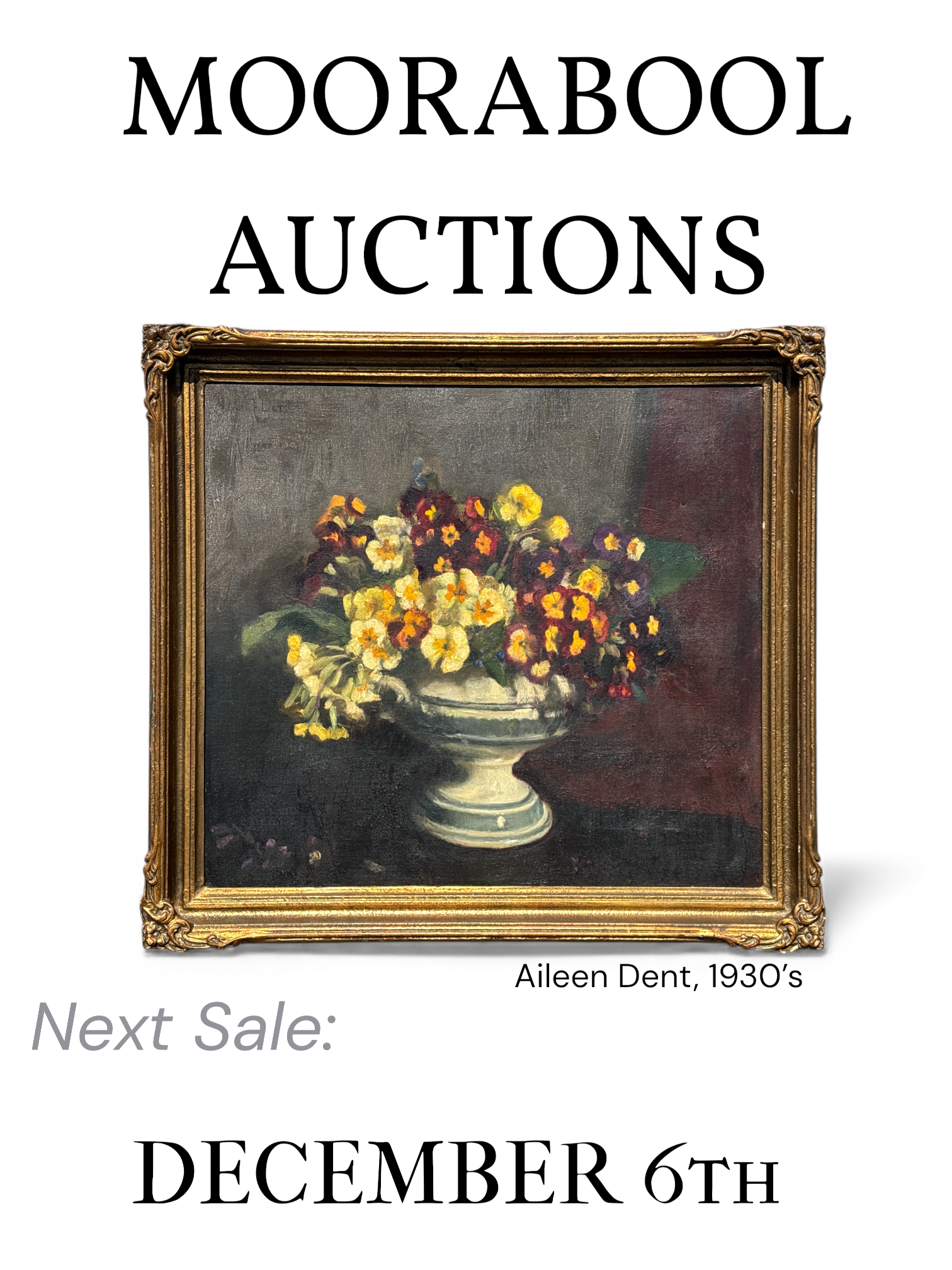Greek black figure lekythoi, Trojans & Greeks in battle, Death of Penthesilea, c. 510 – 500 BC
Sold
Greek pottery lekythoi with black figure decoration of two fighting warriors, illustrating the Trojan War tale of Achilles slaying the Amazon Queen Penthesilea, each dressed in light armour with crested helmets, shields, and spears, flanked to either side by standing youths with spears, the neck with a loosely painted anthemion.
Attic, 510 – 500 BC
Provenance: Old Australian Collection, earlier 20th century, Melbourne.
This ‘Greek Tragedy’ scene depicts Achilles persuing Penthesilea, the moment before he runs his spear through her; as he gazed into her dying eyes, he realized she was the love-of-his-life, but it was not to be….
| Condition | Very old repair to foot, a patination throughout suggesting this has been 'out of the ground' for over a century, perhaps two. |
|---|---|
| Size | 17cm high |
| References | Provenance: the collection of Alfons Kula (1907-2001) , Chargé d'Affaires for Poland in Egypt during the 1920's, emigrated to Australia after WWII, thence by descent. The subject of two fighting soldiers brings to mind the favourite subject of Greek Art, the Trojan War. One-on-one combat features often in the Illiad, as the heroes on both side seek to break the siege. One possibility is it depicts Achilles and Memnon, while another intriguing possibility is it depicts Achilles (the Greek) and Penthesilea (the Amazon Queen who came to aid the Trojans). The reason for the latter speculation is due to its close likeness to the large amphora with this subject in the British Museum; the left figure advances strongly on the attack, spear thrusting past the shield of the right figure, who turns in flight, legs twisting and spear impossible to use. The eyes of both figures are visible beneath their helmets, and this is the important clue; their story in the Trojan War is a tragic love story, as they meet in battle, she is mortally wounded by him, and when their gazes meet, they instantly fall in love; moments later she is dead, and Achilles mourns her. The two standing figures are a feature of these story-telling Greek vases, and in this case they carry what could be interpreted as spears. In other cases they are described as 'youths', and act as an audience to the main scene; as these pieces often illustrate a recognisable myth that would have been preformed as a play, calling them an audience makes sense. |
Sold - let us find you another










